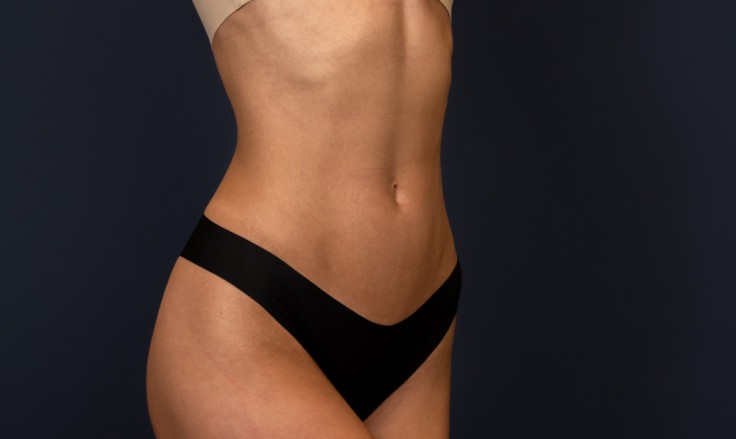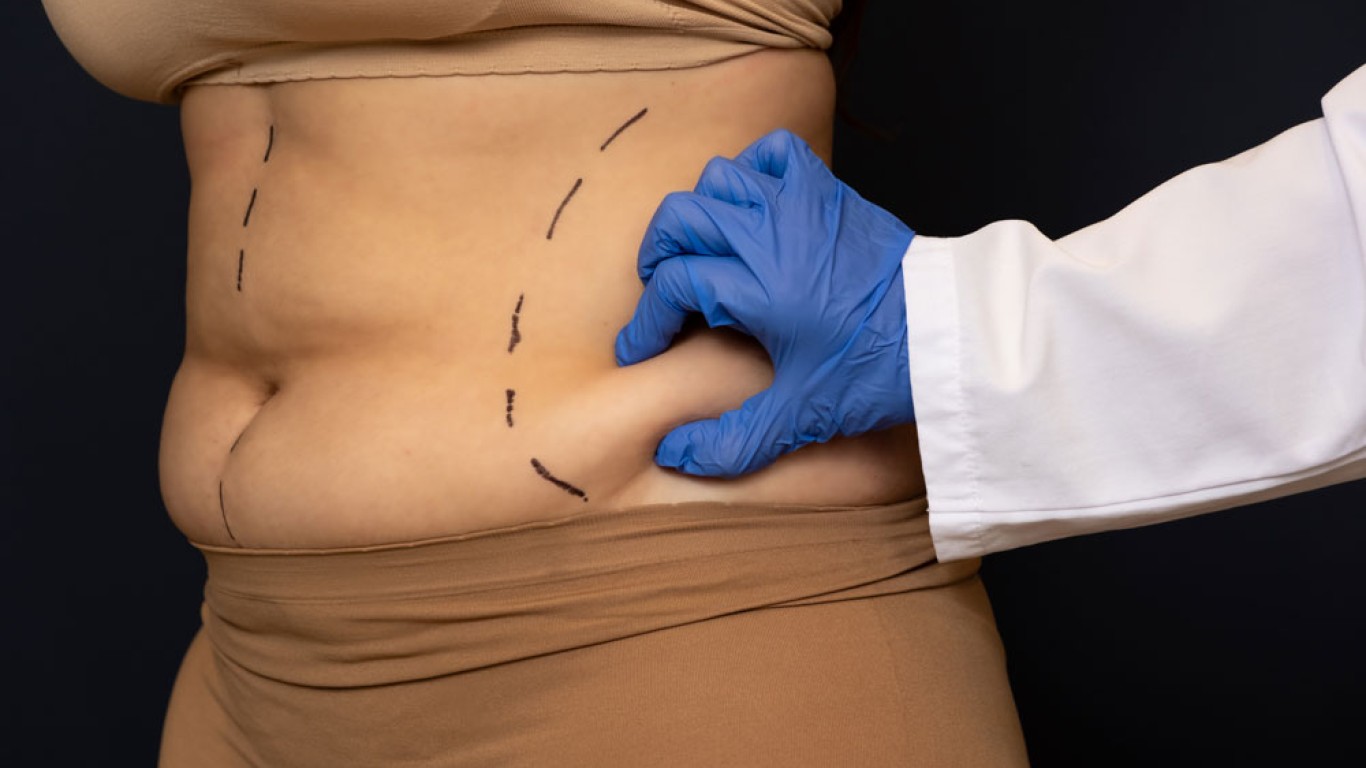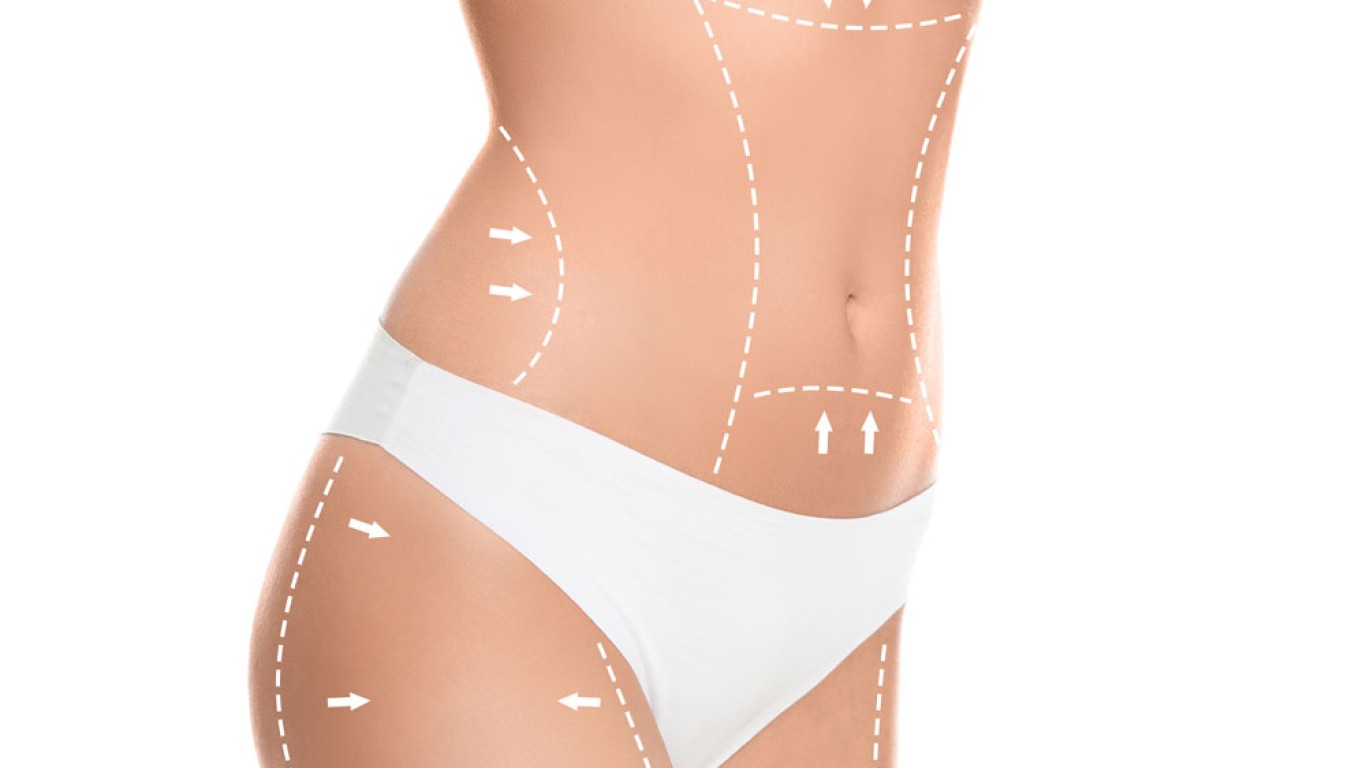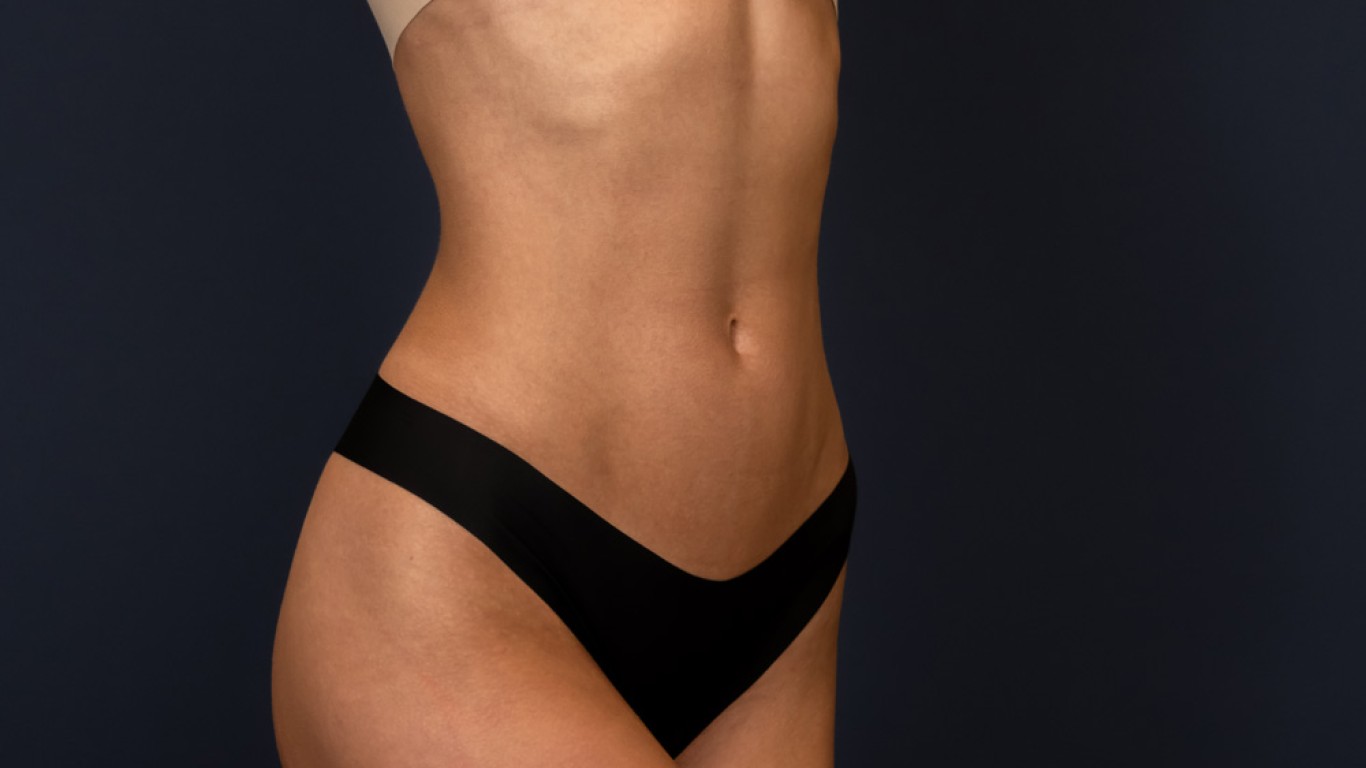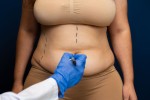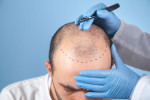Introduction
Full body lift surgery is one of the most comprehensive contouring procedures available in modern aesthetic medicine. It’s designed for individuals who experience widespread skin laxity after significant weight loss. Because the skin cannot always retract after major changes, many areas may display folds, sagging, or weakened support. This procedure aims to address these structural concerns in a single coordinated plan. We explain how the surgery works and what patients can expect from results in 2025.
Why a Full Body Lift Is Needed After Major Weight Loss
Massive weight loss changes the skin, fascia, and connective tissues across the body. After carrying extra weight for years, skin stretches beyond its natural capacity. Although weight reduction reduces volume, tissue layers beneath the skin do not always regain elasticity. As such, sagging and skin redundancy remain. Full body lift surgery corrects these issues by removing excess skin and tightening supportive structures. It also helps refine the overall body silhouette by addressing multiple regions in one coordinated operation.
Areas Commonly Treated in a Full Body Lift
A full body lift typically targets:
- Abdomen
- Flanks
- Lower back
- Buttocks
- Thighs
- Hips
These regions experience the greatest laxity after weight loss. Many choose to combine arm lifts or breast lifts as part of a staged approach.
The Lower Body Lift Component
A key part of full body lift surgery is the lower body lift. This involves tightening the abdomen, sides, back, and buttocks. A circumferential incision is made to allow tissue removal and repositioning. Surgeons then lift the lateral thigh and buttock region for improved contour. Because this procedure addresses multiple planes, tension must be carefully balanced. Surgeons use internal sutures to support long-term shaping and reduce strain on the skin.

Full Body Lift: Abdominal Tightening and Muscle Repair
Abdominal changes often include stretched skin and muscle separation. The abdominal portion of the surgery removes redundant tissue and tightens the abdominal wall. Muscle tightening restores central support, creating a more balanced midsection. Surgeons tailor this step according to muscle condition and the degree of laxity.
Full Body Lift: Thigh and Hip Contouring
Thigh laxity is common after major weight reduction. Full body lift surgery helps correct this through thigh lift techniques integrated into the circumferential approach. Vertical or horizontal incisions may be used depending on the severity of laxity. The hip region is also refined to improve contour transitions. This is important because coordinated shaping supports proportional body lines.
Full Body Lift: Buttock Shaping and Support
The buttocks often lose projection after weight loss. During full body lift procedures, surgeons lift and reshape this region by repositioning tissues or adding internal support. Fat grafting may be recommended when structural volume is needed. This step ensures that the silhouette remains balanced across the lower body.
Planning the Procedure: Assessment and Imaging
Assessment involves analysing skin redundancy, tissue mobility and fat distribution. Surgeons also evaluate muscle tone and connective tissue strength. In 2025, AI tools and 3D imaging support this process by mapping tension lines and simulating contour changes. These tools allow surgeons to plan incisions, tension distribution, and tissue removal more precisely. What’s more, they help determine whether a single session or staged treatment is appropriate.
Surgical Sequence and Technique
The surgery usually follows a structured sequence.
- Firstly, surgeons address the back and flanks.
- Secondly, they reposition the buttocks and lateral thigh.
- Thirdly, they adjust abdominal tissues and repair muscle separation.
- Finally, they refine transitions across all treated regions.
This sequence ensures consistent shaping across the body. Full body lift surgery involves multiple anatomical planes. As such, technique choice is based on structural need rather than surface appearance.
Combining Full Body Lift with Liposuction for Smoother Contours
Liposuction often accompanies a full body lift. It removes small pockets of fat that remain after weight loss. This helps refine contours and improve transitions between treated regions. Modern liposuction tools use vibration, power assistance or ultrasound to enhance accuracy. Surgeons apply these methods carefully to maintain structural support while improving contour detail.
Conclusion
Full body lift surgery corrects widespread skin laxity and removes redundant tissue. It also restores structural balance across multiple body regions. Using advanced imaging, careful planning and precise surgical technique, specialists refine contours after weight loss. The procedure offers coordinated shaping for the abdomen, back, buttocks, hips, and thighs, providing smooth transitions and stable support.
Are you considering full body lift surgery? Visit the ACIBADEM Beauty Center website.
Frequently Asked Questions
It usually treats the abdomen, flanks, back, buttocks, and thighs.
Some cases are completed together, while others need staging.
Yes, the abdominal component may include muscle tightening.
Recovery varies, but settling continues for several months.
It often supports contour refinement across specific areas.
